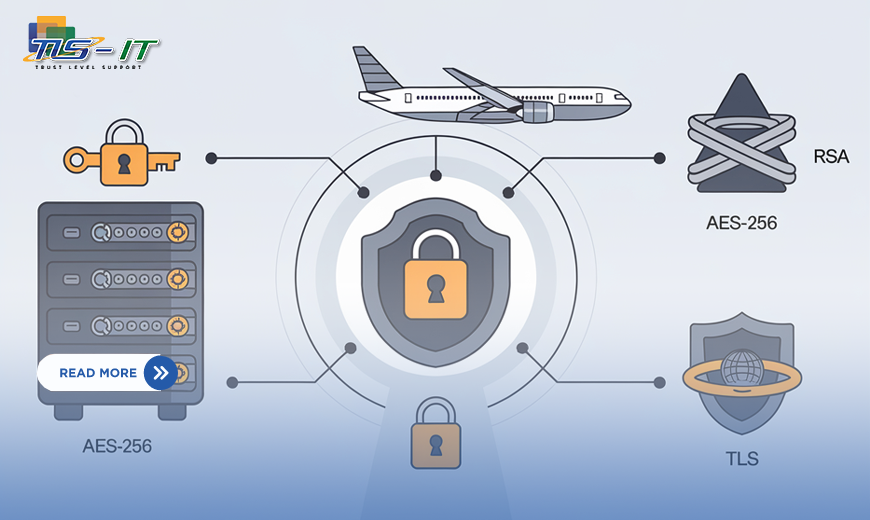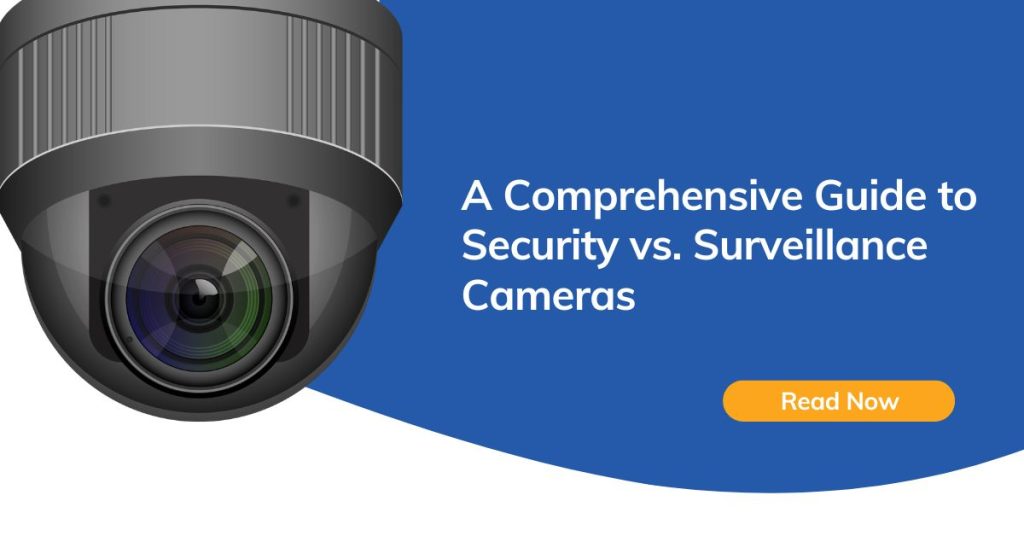The airline industry faces numerous cybersecurity challenges, especially with the vast amount of sensitive data exchanged daily. From passenger information and payment details to operational data and communication systems, safeguarding this data is paramount. Airlines must prioritize data protection to maintain customer trust and ensure regulatory compliance. One effective way to achieve this is through robust Data Loss Prevention (DLP) strategies, with encryption as a critical component.
At TLS IT, we understand the importance of securing airline data, especially as the industry embraces digital transformation. In this article, we explore key encryption techniques to optimize data loss prevention for airlines.
Why Encryption Matters for Airlines
Airlines manage a significant amount of personal and financial data, making them prime targets for cyberattacks. Hackers often aim to exploit vulnerabilities to gain access to valuable information, potentially leading to data breaches that can cause severe reputational and financial damage. Encryption ensures that even if data is intercepted, it remains unreadable to unauthorized users.
Encryption helps airlines:
- Protect sensitive passenger and payment information.
- Secure communication between airline systems and third-party vendors.
- Maintain compliance with industry regulations like GDPR and PCI-DSS.
- Mitigate the risk of data breaches and cyberattacks.
Key Encryption Techniques for Airlines
- AES (Advanced Encryption Standard)
AES is widely regarded as one of the most secure encryption algorithms and is used by governments and industries worldwide. Airlines can use AES to encrypt passenger data, payment transactions, and internal communications, ensuring that sensitive information remains protected at all times.
- SSL/TLS Encryption
SSL (Secure Sockets Layer) and TLS (Transport Layer Security) are essential for protecting data transmitted over the internet. Airlines rely heavily on web-based services for bookings, check-ins, and customer communications. SSL/TLS encryption secures these interactions, preventing unauthorized access to data in transit and maintaining the integrity of the information.
- End-to-End Encryption
Airlines often collaborate with third-party vendors and partners, such as payment gateways and ground services. End-to-end encryption ensures that data is encrypted from the moment it is shared until it reaches the intended recipient, making it impossible for intermediaries to access sensitive information.
- Disk Encryption
Airline employees access sensitive data from various devices, including laptops, desktops, and mobile devices. Disk encryption provides an additional layer of security by encrypting the data stored on these devices. This ensures that, in the event of theft or loss, the data remains inaccessible to unauthorized individuals.
- Public Key Infrastructure (PKI)
PKI is a cryptographic system that enables secure communication between devices. Airlines can leverage PKI to authenticate users, devices, and transactions within their systems, ensuring that only authorized personnel can access sensitive data. This is particularly useful in securing communications between different branches of airline operations, such as air traffic control and ground handling services.
Enhancing Data Loss Prevention with Encryption
While encryption plays a crucial role in protecting airline data, it should be part of a broader Data Loss Prevention (DLP) strategy. A comprehensive DLP solution integrates encryption with other security measures, such as data monitoring, access controls, and employee training.
At TLS IT, we recommend the following best practices for optimizing DLP in the airline industry:
- Classify and segment data: Not all data needs the same level of encryption. Airlines should classify data based on its sensitivity and apply encryption accordingly.
- Implement access controls: Restrict access to sensitive data to only those employees and systems that require it. This minimizes the risk of unauthorized access.
- Monitor data movement: Track and monitor the flow of data across the airline’s network to detect unusual activity that may indicate a potential security breach.
- Regularly update encryption protocols: Cyber threats are constantly evolving. Airlines should regularly update their encryption algorithms and security protocols to stay ahead of emerging threats.
In an industry as complex and data-driven as aviation, ensuring the security of sensitive information is not just a regulatory requirement but a business imperative. By adopting advanced encryption techniques and integrating them into a comprehensive DLP strategy, airlines can significantly reduce the risk of data breaches and safeguard their operations against cyber threats.
TLS IT, as a trusted IT support partner for the airline industry in the UAE, is committed to helping airlines implement and maintain robust data protection strategies. With our expertise in encryption and cybersecurity solutions, we ensure that your data remains secure, allowing you to focus on delivering a seamless and secure experience to your passengers.
For more information on how TLS IT can enhance your airline’s data security, contact us today.




